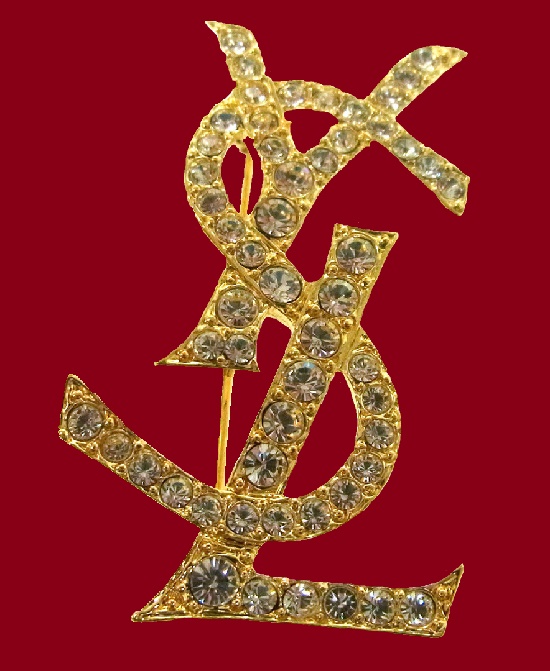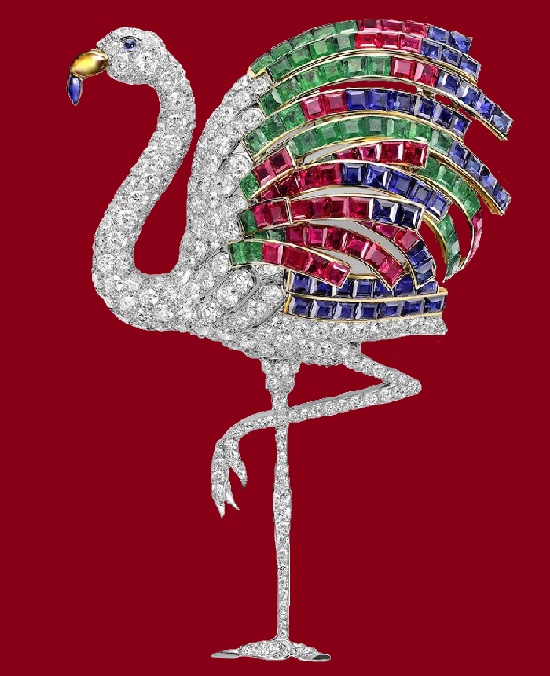Yves Saint Laurent YSL costume jewellery
Yves Saint Laurent YSL costume jewellery
Protégé of Christian Dior, Yves Saint Laurent founded his fashion house in 1961 and the following year released the first collection of costume jewelry. The style of his jewelry varies from elegant classic to exotic refined. Bijouterie of the 1970s – theatrical and bright, demonstrates the same purity of shapes and lines as clothing.
According to Laurent, people underestimate the importance of accessories – this is the thing that changes attire. “I like simple dresses and crazy accessories”, once he said. For Saint-Laurent, the perfection of the outfit depended not so much on clothes as on the correct accessory. For his customers couturier hired famous artists, jewelry designers, and haberdashery craftsmen, who could embody his ideas in perfect shape.
More »






